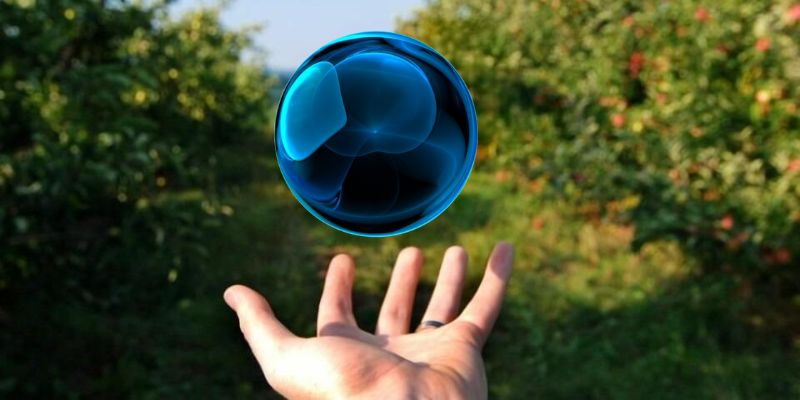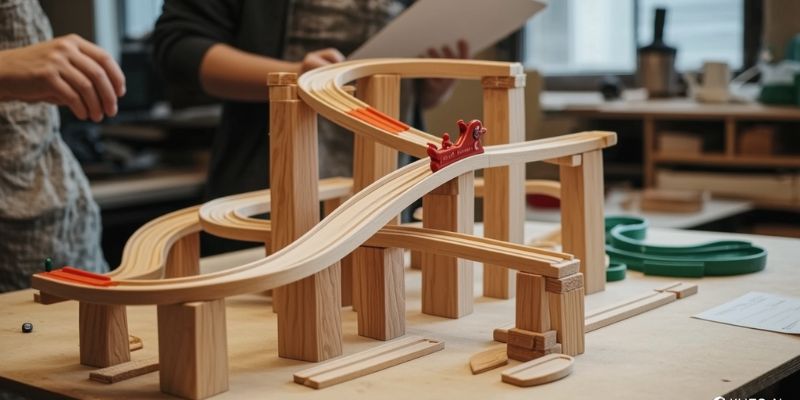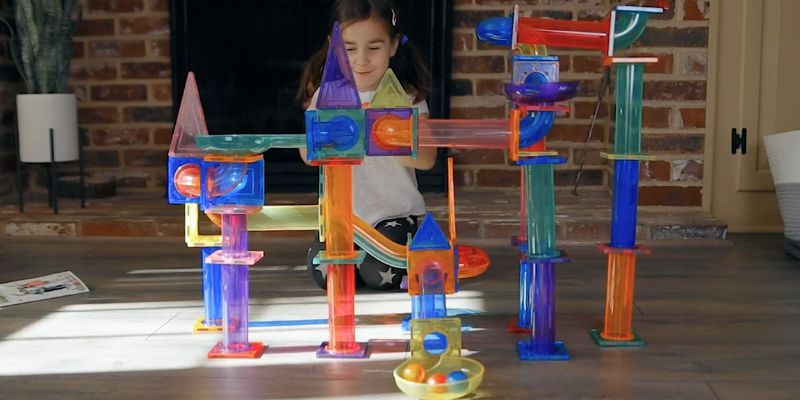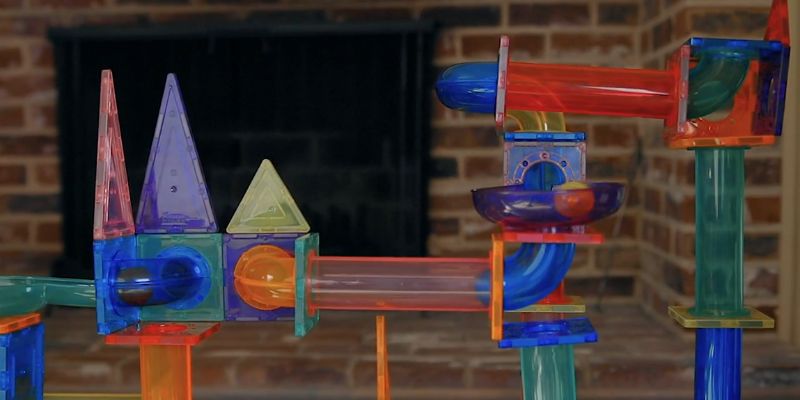Transform your marble run into a mini science lab! These engaging marble run gravity experiments make learning about physics a blast for kids of all ages. With simple materials and step-by-step instructions, you’ll explore the fascinating world of gravity, momentum, and energy in no time.
In this article, we’ll walk you through a variety of exciting experiments that demonstrate how gravity works and how it affects object movement. Get ready to discover the science behind the fun and ignite your child’s curiosity about the world around them!

Why gravity experiments with marble run?
Marble runs aren’t just a source of entertainment; they’re an incredible tool for exploring the laws of physics, especially gravity. These hands-on experiments give kids an engaging way to learn about this fundamental force, making complex concepts more accessible and fun. Here’s why gravity experiments with marble runs are a must-try for curious minds
Hands-On Learning at Its Best
Forget dry textbooks and abstract theories. Marble run gravity experiments bring physics to life! By building and manipulating marble runs, kids can see, hear, and feel the effects of gravity firsthand. This practical approach transforms acceleration, freefall, and potential energy into tangible, understandable concepts.
Fostering Curiosity and Exploration
Children are naturally curious, and marble runs offer the perfect platform to explore their questions about the world. Why do marbles roll downhill? How does the height of the ramp affect their speed? What happens when a marble falls through the air? These experiments encourage kids to ask these questions and find the answers through hands-on discovery.
Developing Critical Thinking and Problem-Solving Skills
Building and testing marble runs isn’t always smooth sailing. Marbles might get stuck, fly off the track, or not reach their intended destination. These challenges become growth opportunities as kids learn to analyze problems, brainstorm solutions, and test their ideas. This approach fosters valuable critical thinking skills in every aspect of life.
Real-World Applications: Beyond the Playroom
The principles of gravity learned through marble run experiments extend to the real world. Kids can see how gravity affects everyday objects, like balls rolling down hills or water flowing in rivers. They also learn how engineers use gravity to design roller coasters, water slides, and other exciting attractions.

Engaging and Fun: Learning that Sticks
Learning should be fun, and marble run gravity experiments make it so! By turning physics into a game, these activities capture children’s attention and keep them engaged. When kids enjoy what they’re doing, they’re more likely to remember what they’ve learned and develop a lifelong love of science.
Building Confidence and a Growth Mindset
Completing a marble run experiment, even a simple one, gives children a sense of accomplishment and pride. This positive reinforcement encourages them to tackle new challenges and persevere through difficulties. It also helps them develop a growth mindset, believing they can learn and improve through effort and perseverance.
By incorporating marble run gravity experiments into learning activities, you provide children with a fun, interactive way to explore physics, develop essential skills, and build confidence.
Essential materials for marble run gravity experiments
Transform your living room into a physics lab with just a few household items! Marble-run gravity experiments are easy to set up and require minimal materials, most of which you likely already have at home. Here’s what you’ll need to get started
Marbles: The Stars of the Show
Gather an assortment of marbles in different sizes, weights, and materials to explore how these factors affect their movement on the track. Glass marbles are smooth and lightweight, ideal for observing speed and acceleration. Steel marbles are heavier and denser, perfect for demonstrating momentum and inertia. Wooden or plastic marbles offer a different texture and weight for comparison.

Building Materials for Tracks
Use cardboard tubes from paper towel rolls or toilet paper rolls to create ramps, chutes, and other track elements. Cardboard boxes like cereal boxes or shoeboxes can serve as the base for your track or additional structures. If you have access to wood scraps, planks, or blocks, they provide a more durable and stable foundation. Foam pipe insulation is flexible and can be used for cushioned landings, tunnels, or curved sections.
Tools and Measuring Devices
Equip yourself with scissors or a craft knife for cutting and shaping cardboard. Tape, such as masking or duct tape, is essential for securing track pieces together. Use a ruler or measuring tape to measure your track’s length, height, and angles. A stopwatch or timer will help you time the marble’s travel down the track, and a protractor can measure ramp inclines.
A marker or pen is useful for labeling different sections or marking distances. For an added bonus, use a camera or smartphone to record your experiments, analyze the marbles’ movement in slow motion, or share your findings.
Optional Enhancements
Use books or heavy objects to prop up ramps or create different inclines. Experiment with friction by adding sandpaper to sections of your track. Create a pulley system using string and weights to lift marbles or demonstrate potential energy. Incorporate sand or water into your track to observe how these materials affect the marble’s movement.
With these basic materials and a bit of creativity, you’re all set to conduct exciting marble-run gravity experiments. The goal is to have fun while learning!
Marble run gravity experiments for different ages
Marble runs are more than just a source of amusement; they’re a hands-on laboratory for exploring the fascinating world of gravity. These experiments cater to different age groups and provide engaging ways to learn about this fundamental force through play and discovery.

Young Children (Ages 4-7): Gravity’s Playground
At this age, children’s natural curiosity can be ignited through simple marble-run experiments, laying the foundation for future learning. Build ramps of varying heights and angles using cardboard tubes or blocks and let them race marbles down. Observe how the steepness affects speed and ask questions like, “Which ramp makes the marble go the fastest?” or “What happens if we make the ramp longer?”
Another fun activity is the Marble Drop Challenge, where children drop marbles from different heights onto a soft surface to observe the impact and sound, introducing them to the concept of gravity pulling objects downward. Additionally, create a simple track with a start and finish line and have rolling races to see which marble reaches the end first, discussing how size and weight affect speed.
Elementary School (Ages 6-10): Exploring Gravity’s Secrets
Children can delve deeper into gravity science with more complex experiments as they grow. Build tracks with various surfaces like cardboard, sandpaper, and fabric to compare the speed of marbles and discuss how friction affects movement. Create a simple pendulum using a string and a marble, swinging it from different heights to observe how height affects swing time, exploring the relationship between potential and kinetic energy.
Use a stopwatch and measuring tape to time how long it takes a marble to travel down a ramp, calculate speed and acceleration, and discuss gravity’s effects on these measurements.
Middle School and High School (Ages 11-18): Taking it to the Next Level
Older students can tackle advanced marble run experiments that delve into more profound physics concepts. Build a track with a loop and experiment with different ramp heights and marble speeds to see what’s needed for a successful loop, discussing the centripetal force’s role in keeping the marble moving in a circle.
Challenge students to design a marble run that meets specific criteria, such as traveling a certain distance, reaching a specific speed, or activating a chain reaction, encouraging creativity, problem-solving, and the application of physics principles. Have students conduct multiple trials of their experiments, record data, and analyze their findings, creating graphs and charts to visualize data and draw conclusions about relationships between different variables.
These experiments provide engaging and educational ways for children of all ages to explore the fascinating world of physics through play, sparking a lifelong love of learning and discovery.
Tips for conducting marble run gravity experiments
Marble run gravity experiments are a fantastic way to introduce children to physics concepts, and with a few simple tips, you can make the learning experience even more engaging and educational. Here’s how to get the most out of your marble run adventures

Start Simple, Then Ramp Up
Begin with basic experiments that focus on observing the effects of gravity, such as rolling a marble down a ramp or dropping it from different heights. Gradually introduce more complex concepts and challenges as your child’s understanding grows. This approach ensures they build a solid foundation in physics without feeling overwhelmed.
Encourage Inquiry and Exploration
Instead of giving direct instructions, ask open-ended questions that spark curiosity and encourage exploration. For example, ask, “What do you think will happen if we make the ramp steeper?” or “Which marble do you think will roll the farthest?” Let your child experiment and discover the answers independently, fostering a deeper understanding and love for learning.
Record and Analyze Data
Transform your marble run into a mini science lab by incorporating data collection and analysis. Have your child record the time it takes for a marble to travel down a ramp, the distance it travels, or the number of times it hits a particular obstacle. They can then analyze this data to identify patterns, draw conclusions, and make predictions, turning playtime into a valuable educational experience.
Make it a Collaborative Effort
Marble run experiments are more fun when done together! Encourage collaboration and teamwork by having children work in pairs or groups. This allows them to share ideas, discuss their observations, and learn from each other, enhancing their social and cognitive skills.
Connect to Real-World Examples
Help children understand the relevance of their marble run experiments by relating them to real-world examples. Discuss how gravity affects objects in everyday life, such as a ball rolling down a hill or a car accelerating down a slope. Explain how engineers use the same principles of gravity and motion to design roller coasters, water slides, and other fun attractions, making the learning experience more relatable and exciting.
Embrace the Mess
Marble run experiments can get messy, especially when incorporating materials like sand or water. Embrace the mess and let your child explore freely. It’s all part of the learning process, and the tactile experience can enhance their understanding and enjoyment.
Celebrate Successes and Mistakes
Encourage a positive and supportive learning environment where mistakes are seen as opportunities for growth. Celebrate your child’s successes, no matter how small, and encourage them to persevere through challenges. This helps them develop a growth mindset and a lifelong love of learning.
By following these tips, you can transform your marble run into a captivating laboratory where your child can explore the wonders of physics, develop critical thinking skills, and have a blast along the way.









